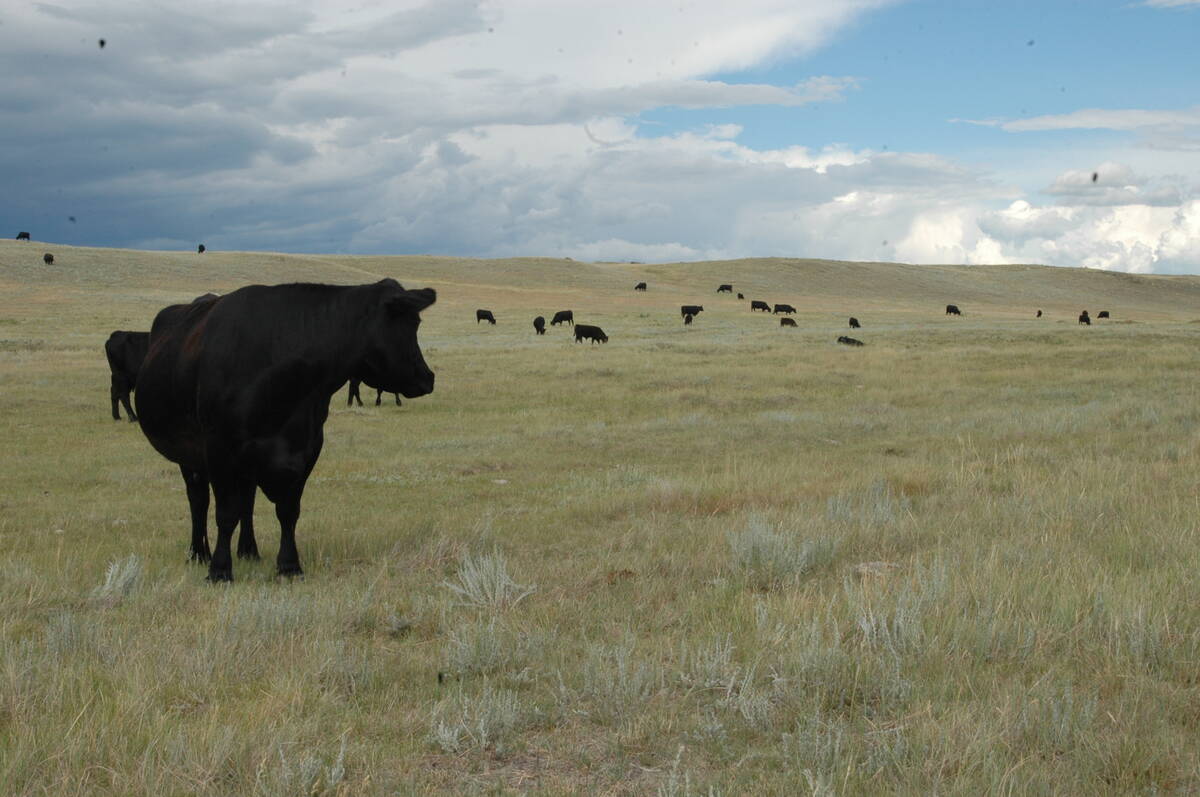RED DEER, Alta. – The quality of beef a retailer sells can make or break his reputation, even if those sales don’t add much to the bottom line.
Offering specials on beef draws customers into stores to buy more expensive items like poultry or packaged meats.
Those were some of the observations of Jeff McMullen, owner of Jeffries, a Calgary frozen food chain. He spoke to the Alberta Cattle Commission at its meeting in Red Deer.
McMullen has made a lifelong career of the retail meat trade and described current trends. He said changes are needed if beef is to hold its market share against poultry, pork and packaged products.
Read Also

Canadian Food Inspection Agency slammed for handling of bovine tuberculosis case
The federal government leans heavily on producers to “take one for the team” and risk their livelihoods without any reassurance of support.
He described a consumer swing toward more triple A beef, where stores like Costco and Superstore have cornered the market. Other stores initially made the mistake of ignoring the retail giants when they started selling triple A, not realizing consumers notice a difference between grades, said McMullen.
Then, “Costco began to erode traditional meat sales away from traditional supermarkets. The pressure that has been put on that grade of beef by those two retailers has caused everybody to stand up and take notice.”
Other stores interested in selling triple A can’t get enough supply since only about 25 percent of the total kill makes the top grade.
Another trend is showing toward counter-ready cuts straight from the packer, and there is concern among grocery store meat cutters that they could lose their jobs as stores move away from buying swinging sides of beef.
Ten years ago, retail meat buyers went directly to packing houses and selected beef for their stores. They rarely do this now and are far removed from producers and live prices.
“Retail prices move very slowly in relation to the live price paid the producer. The retailer isn’t as concerned with the live price as he is with his competitor,” said McMullen.
A third trend is that shelf space for beef is shrinking, overtaken by packaged meats. Beef’s short shelf life makes it less competitive against processed items like bacon, which lasts up to 30 days.
McMullen suggested processors find methods to increase beef shelf life. They need to find ways to sell middle cuts for more money by giving them more value, and develop some innovations in new product development.
A recent problem facing the retail trade is that cattle have become too big, making portions too large.
McMullen suggested beef packages include cooking instructions because almost half the population isn’t sure how to cook it properly. Labels should also include nutritional information, because consumers want to know calorie numbers, as well as the amount of fat. As well, labels should note the product’s origin.















